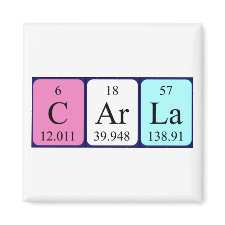
Authors: Manesiotis P, Borrelli C, Aureliano CSA, Svensson C, Sellergren B
Article Title: Water-compatible imprinted polymers for selective depletion of riboflavine from beverages.
Publication date: 2009
Journal: Journal of Materials Chemistry
Volume: 19
Issue: (33)
Page numbers: 6185-6193.
DOI: 10.1039/b906117g
Abstract: Artificial riboflavin receptors adapted to aqueous environments were studied for their ability to selectively extract riboflavine (Rf) from three types of beverages i.e. milk, beer and a multivitamin mixture. The basic receptor was first prepared by molecular imprinting in nonaqueous medium using a hydrogen-bond donor–acceptor-donor functional monomer (2,6-bis(acrylamido)pyridine), complementary to the imide motif of the template, riboflavin tetra-acetate as template and pentaerythritol triacrylate (PETA) as a hydrophilic cross-linking monomer. The polymer was then packed in columns and used for extraction of riboflavine from beverages. Riboflavine (Rf) was selectively removed from milk and an artificial vitamin mixture but the nonspecific binding was still significant, as judged from the binding of Rf to a control nonimprinted polymer. In order to suppress this nonspecific binding, attempts to hydrolytically hydrophilize the polymer matrix were performed. The preferred approach consisted in a controlled base hydrolysis of pendent unreacted acrylate groups, using hydroxides with differently sized counterions as reagents. This resulted in a decreased binding of Rf to both polymers, but to an equal extent implying a preferential suppression of the nonspecific contribution to the binding. The hydrophilized polymers, when subjected to beer, showed larger imprinting factors at lower phase ratios compared to the nontreated polymers and a maximum removal of 86% compared to 47% for the nonimprinted control polymer.
Template and target information: riboflavin, riboflavin tetraacetate



Join the Society for Molecular Imprinting

New items RSS feed
Sign-up for e-mail updates:
Choose between receiving an occasional newsletter or more frequent e-mail alerts.
Click here to go to the sign-up page.
Is your name elemental or peptidic? Enter your name and find out by clicking either of the buttons below!
Other products you may like:
 MIPdatabase
MIPdatabase









